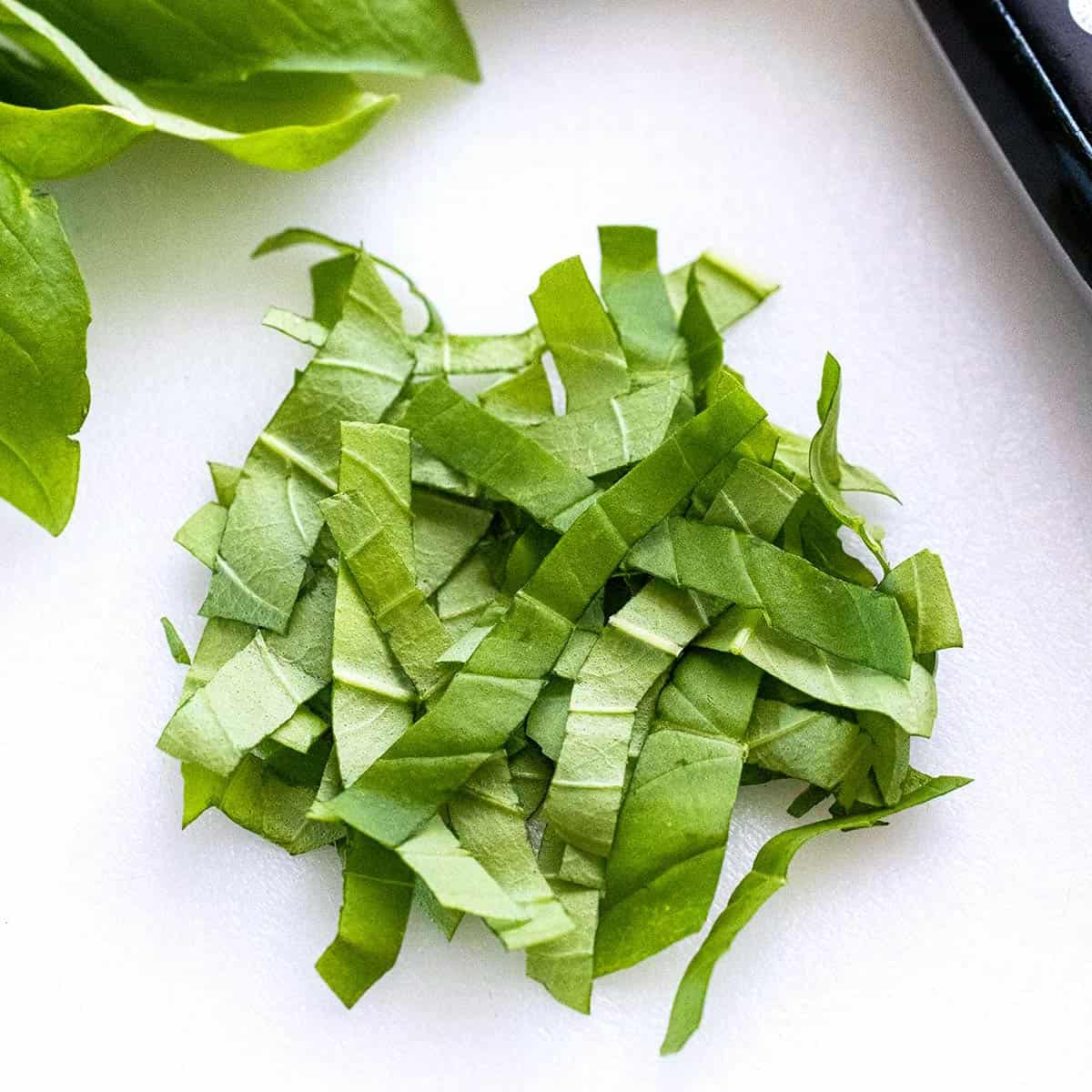

Articles
How To Store Fresh Cut Basil
Modified: February 24, 2024
Learn how to store fresh cut basil with these helpful articles. Keep your basil fresh and flavorful for longer with these storage tips.
(Many of the links in this article redirect to a specific reviewed product. Your purchase of these products through affiliate links helps to generate commission for Storables.com, at no extra cost. Learn more)
Introduction
Welcome to our guide on how to store fresh cut basil! Basil is a delightful herb that adds a burst of flavor and aroma to various dishes, making it a favorite for many culinary enthusiasts. Whether you have an abundance of fresh basil from your garden or simply want to prolong the shelf life of store-bought basil, learning proper storage techniques is essential to keep its vibrant color and flavor intact.
Properly storing fresh cut basil not only ensures its longevity but also helps to preserve its essential oils and nutrients. Basil leaves are highly sensitive and can quickly wilt or become discolored if not handled and stored correctly. By implementing the right methods, you can enjoy the freshness of basil for an extended period, even after it has been cut.
So, if you have ever found yourself with more basil than you can use at once or simply want to enjoy its delightful essence for as long as possible, keep reading to discover the best ways to store fresh cut basil.
Key Takeaways:
- Preserve the vibrant color and flavor of fresh cut basil by selecting, cleaning, and storing it properly. Enjoy the delightful essence of basil for an extended period with simple and effective storage methods.
- Whether using the water, oil, or freezing method, or storing basil alongside other herbs, ensure its longevity and optimal flavor. Select fresh basil, clean it thoroughly, and implement the appropriate storage method based on your needs and preferences.
Read more: How To Store Fresh Basil
Why is it important to store fresh cut basil properly?
Properly storing fresh cut basil is crucial to maintain its flavor, texture, and vibrant color. Basil leaves contain high levels of essential oils responsible for their distinct fragrance and taste. When basil is exposed to air, heat, light, or improper storage conditions, these essential oils can quickly evaporate, resulting in a loss of flavor and aroma.
Here are a few reasons why it is essential to store fresh cut basil properly:
- Preserve flavor and aroma: Fresh basil leaves have a distinct, aromatic flavor that adds depth to various dishes. By storing basil correctly, you can prolong its freshness and preserve its flavor, ensuring that every dish you prepare with basil tastes exceptional.
- Extend shelf life: Fresh basil has a relatively short shelf life. Improper storage can cause basil leaves to wilt, turn brown, or develop a slimy texture. By implementing the right storage methods, you can extend the shelf life of fresh basil to enjoy it for a more extended period.
- Maintain appearance and color: Basil leaves have a beautiful, vibrant green color that adds visual appeal to dishes. Storing basil properly helps retain its color, preventing it from turning dull or brownish.
- Minimize waste: Storing fresh cut basil properly allows you to use it over a more extended period, reducing the likelihood of waste. Instead of discarding wilted or spoiled basil, you can enjoy its freshness for longer, saving both money and resources.
Now that we understand the importance of storing fresh cut basil properly, let’s explore some effective methods to ensure its longevity and optimal flavor.
Selecting fresh basil
Choosing the right basil is the first step in ensuring optimal freshness and flavor. When selecting fresh basil, keep the following tips in mind:
- Look for vibrant leaves: Fresh basil leaves should have a vibrant green color. Avoid basil with wilted, yellowing, or dark spots, as these are signs of age or damage.
- Check for firmness: Gently squeeze the basil leaves to ensure they are firm and crisp. Avoid basil with limp or soft leaves, as this indicates loss of moisture and freshness.
- Smell the aroma: Fresh basil should have a strong, aromatic scent. Take a whiff of the leaves to ensure they have a pleasant, robust aroma.
- Avoid bruises or discoloration: Inspect the basil leaves for any bruises, browning, or discoloration. These are signs of damage or aging and can affect the quality of the basil.
It is worth noting that freshly harvested basil from your own garden often has the best flavor and quality, as you have control over its cultivation and harvesting time. However, if you are purchasing basil from a store or market, be sure to carefully inspect it before making a selection.
By choosing fresh, high-quality basil, you set the foundation for storing it properly and enjoying its flavors in your favorite recipes. Now that we have selected fresh basil let’s move on to the next step of cleaning the basil.
Cleaning the basil
Before storing fresh cut basil, it is essential to clean it thoroughly to remove any dirt, debris, or pests that may be present. Cleaning the basil ensures that you are storing a clean and hygienic herb. Follow these steps to clean your basil:
- Gently separate the leaves: Carefully separate the basil leaves from the stems. Discard any leaves that are wilted, discolored, or damaged.
- Rinse with cold water: Place the basil leaves in a colander and rinse them thoroughly under cold running water. Gently rub the leaves with your fingers to remove any dirt or residue.
- Inspect for pests: While rinsing, keep an eye out for any small insects or pests on the leaves. If you notice any, gently remove them or give the leaves an extra rinse to ensure they are completely clean.
- Pat dry: Carefully shake off any excess water from the basil leaves. Then, lay them out on a clean kitchen towel or paper towels and gently pat them dry. Avoid rubbing the leaves vigorously, as this can bruise or damage them.
It is important to ensure that the basil leaves are completely dry before storing them. Excess moisture can lead to spoilage or mold growth. Taking the time to clean the basil properly prepares it for storage and helps to maintain its freshness and flavor.
Now that the basil leaves are clean and dry, we can move on to exploring different methods for storing fresh cut basil.
The water method
The water method is a simple and effective way to store fresh cut basil and keep it fresh for an extended period. This method involves placing the basil stems in water, similar to how you would care for a bouquet of flowers. Here’s how to store basil using the water method:
- Trim the stems: Start by trimming the bottom of the basil stems at an angle. This ensures better water absorption and helps the basil stay fresh for longer.
- Place in a jar or glass: Fill a jar or a glass with a few inches of fresh, clean water. Make sure the container is tall enough to accommodate the length of the basil stems without bending or overcrowding.
- Position the basil stems: Gently place the trimmed basil stems into the jar, ensuring that the cut ends are submerged in water. Arrange the basil leaves so that they are above the waterline to prevent them from getting soggy.
- Store in a cool spot: Find a cool spot in your kitchen or pantry to place the jar with the basil. Avoid direct sunlight and extreme temperature changes, as they can accelerate the wilting process.
- Change the water regularly: To maintain the freshness of the basil, change the water every two to three days. By doing so, you prevent the water from becoming stagnant and prolong the life of the basil.
The water method is particularly effective when you have a large bunch of basil or want to display the herb in your kitchen. Not only does it keep the basil fresh, but it also adds a touch of green to your countertop or windowsill.
Remember to check the basil leaves regularly for any sign of spoilage or wilting. Remove any damaged leaves promptly to prevent them from affecting the rest of the bunch.
Now that you know how to store basil using the water method, let’s explore another method that involves using oil.
Store fresh cut basil in a glass of water at room temperature, like a bouquet of flowers. Cover with a plastic bag and change the water every few days to keep it fresh.
Read more: How To Store Cut Basil
The oil method
The oil method is an excellent option for storing fresh cut basil if you prefer to preserve it for a longer duration. By immersing the basil leaves in oil, you can not only keep them fresh but also infuse the oil with the herb’s delightful flavors. Here’s how to store basil using the oil method:
- Wash and dry the basil: Begin by washing the basil leaves and patting them dry thoroughly. Ensure there is no excess water, as it can introduce moisture into the oil and potentially cause spoilage.
- Prepare a jar or container: Choose a clean, airtight glass jar or container that is large enough to hold the basil leaves comfortably. Make sure the container has a lid that seals tightly to prevent air from entering.
- Layer the basil leaves: Place a layer of basil leaves at the bottom of the jar. Avoid overcrowding the container, as this can lead to bruising or rotting of the leaves. You can tear the leaves into smaller pieces if desired.
- Add oil: Slowly pour enough oil into the jar to cover the basil leaves completely. Use a neutral-flavored oil such as extra virgin olive oil or vegetable oil. The oil acts as a barrier, preventing air contact and maintaining the freshness of the basil.
- Press down and add more layers: Gently press down on the basil leaves to ensure they are fully submerged in the oil. Repeat the layering process by adding another layer of basil leaves followed by more oil until the jar is filled.
- Seal and store: Securely close the jar with the lid and store it in a cool, dark place, away from direct sunlight or heat sources. The oil-infused basil can be stored in this manner for several weeks, allowing you to enjoy the flavors of fresh basil whenever you need it.
When you are ready to use the basil, simply remove the desired amount of leaves from the oil, allowing any excess oil to drain off. The oil can be used in recipes to add a hint of basil flavor or for drizzling over dishes.
The oil method offers a convenient way to store basil while also infusing oil with its essence. It is perfect for those who want to savor the flavors of basil beyond its usual shelf life.
Now that you know how to store basil using the oil method, let’s explore another technique for preserving basil: freezing.
The freezing method
Freezing fresh cut basil is a fantastic option if you have an abundance of basil and want to store it for an extended period. Freezing basil helps to lock in its vibrant color, aroma, and flavor. Here’s how to freeze fresh cut basil:
- Blanch the basil: Begin by blanching the basil leaves to retain their color and texture. Bring a pot of water to a boil and prepare a bowl of ice water. Submerge the basil leaves in the boiling water for about 10 seconds, then quickly transfer them to the ice water to cool down.
- Drain and pat dry: Remove the basil leaves from the ice water and allow them to drain thoroughly. Gently pat them dry using a clean kitchen towel or paper towels. Make sure there is no excess water on the leaves to prevent ice crystals from forming.
- Prepare for freezing: Lay the basil leaves in a single layer on a baking sheet or tray lined with parchment paper. Make sure the leaves are not overlapping or touching each other. This initial freezing step prevents the leaves from clumping together in the freezer.
- Flash freeze: Place the baking sheet or tray with the basil leaves into the freezer. Allow them to freeze for about 1 to 2 hours, until they are firm and individually frozen.
- Transfer to freezer-safe bags or containers: Once the basil leaves are frozen, transfer them to freezer-safe bags or airtight containers. Label the bags or containers with the date for future reference.
- Remove air and seal: Squeeze out any excess air from the bags or containers before sealing them tightly. This helps to prevent freezer burn and maintain the quality of the frozen basil.
- Store in the freezer: Place the bags or containers of frozen basil in the freezer, ensuring they are stored upright to prevent crushing the leaves. Frozen basil can be kept for up to six months, allowing you to enjoy the taste of fresh basil in your recipes even during the off-season.
When you need to use the frozen basil, simply take out the desired amount of leaves and return the rest to the freezer. Frozen basil is perfect for soups, sauces, pesto, and other cooked dishes. The texture of the leaves may change slightly after freezing, but the flavor and aroma will still be present.
The freezing method is an excellent way to store basil long-term, ensuring you have access to this delightful herb whenever you need it, even when it’s out of season.
Now that you know how to freeze basil, let’s explore how basil can be stored alongside other herbs.
Storing basil with other herbs
Storing basil alongside other herbs is a great way to maximize space and keep your herbs fresh. However, it’s important to be mindful of the compatibility of different herbs, as some herbs have different storage requirements. Here are some tips for storing basil with other herbs:
- Consider compatibility: Not all herbs have the same storage needs. Basil, for example, prefers slightly warmer temperatures compared to other herbs like parsley or cilantro. Therefore, it’s best to store basil with herbs that have similar storage preferences.
- Separate pungent herbs: Herbs with strong odors, such as mint or sage, can transfer their aromas to more delicate herbs like basil. To avoid this, store pungent herbs separately or place them in separate compartments or bags within the refrigerator.
- Wrap herbs in damp paper towels: To preserve the moisture and prevent wilting, wrap the herbs loosely in slightly damp paper towels. This helps maintain an optimal humidity level while preventing direct contact between the herbs.
- Place in airtight containers or bags: Transfer the wrapped herbs to airtight containers or sealable bags. This helps to prevent air exposure and keeps the herbs fresh for a longer period.
- Store in the refrigerator: Place the airtight containers or bags in the refrigerator’s crisper compartment or a temperature-controlled drawer. The cool temperature helps to extend the shelf life of the herbs.
When storing basil with other herbs, it’s essential to check each herb’s condition regularly. If one herb starts to deteriorate, remove it promptly to prevent it from affecting the other herbs.
By storing basil alongside compatible herbs, you can save space in your refrigerator while ensuring the freshness and flavor of your herbs. Now that you have learned various methods to store fresh cut basil, let’s conclude our guide.
Conclusion
Properly storing fresh cut basil is key to preserving its flavor, aroma, and vibrant color. Whether you have an abundance of basil from your garden or want to extend the shelf life of store-bought basil, employing the right storage methods ensures that you can enjoy its freshness for an extended duration.
In this guide, we explored several effective methods for storing fresh cut basil. The water method, where basil stems are placed in water, is simple and convenient, keeping the basil fresh while adding a touch of green to your kitchen. The oil method immerses the basil in oil, preserving its freshness and infusing the oil with its delightful flavors. Freezing basil is a fantastic option for long-term storage, allowing you to enjoy fresh basil even during the off-season. Additionally, storing basil alongside compatible herbs optimizes space and maintains the freshness of your herbs.
Remember to select fresh basil with vibrant leaves, free from wilting or discoloration. Properly clean the basil, removing any dirt or pests, and ensure the leaves are dry before storing. Implement the appropriate storage method based on your needs and preferences, taking into account factors such as available space, desired storage duration, and intended usage.
By following these guidelines, you can ensure that your fresh cut basil stays fresh, full of flavor, and ready to enhance your culinary creations.
So, the next time you find yourself with an abundance of fresh basil or want to prolong the shelf life of store-bought basil, remember the tips and methods outlined in this guide. With proper storage, you can enjoy the delightful flavors and aromas of fresh basil for an extended period, adding a burst of freshness to your favorite dishes.
Happy basil storage and happy cooking!
Frequently Asked Questions about How To Store Fresh Cut Basil
Was this page helpful?
At Storables.com, we guarantee accurate and reliable information. Our content, validated by Expert Board Contributors, is crafted following stringent Editorial Policies. We're committed to providing you with well-researched, expert-backed insights for all your informational needs.
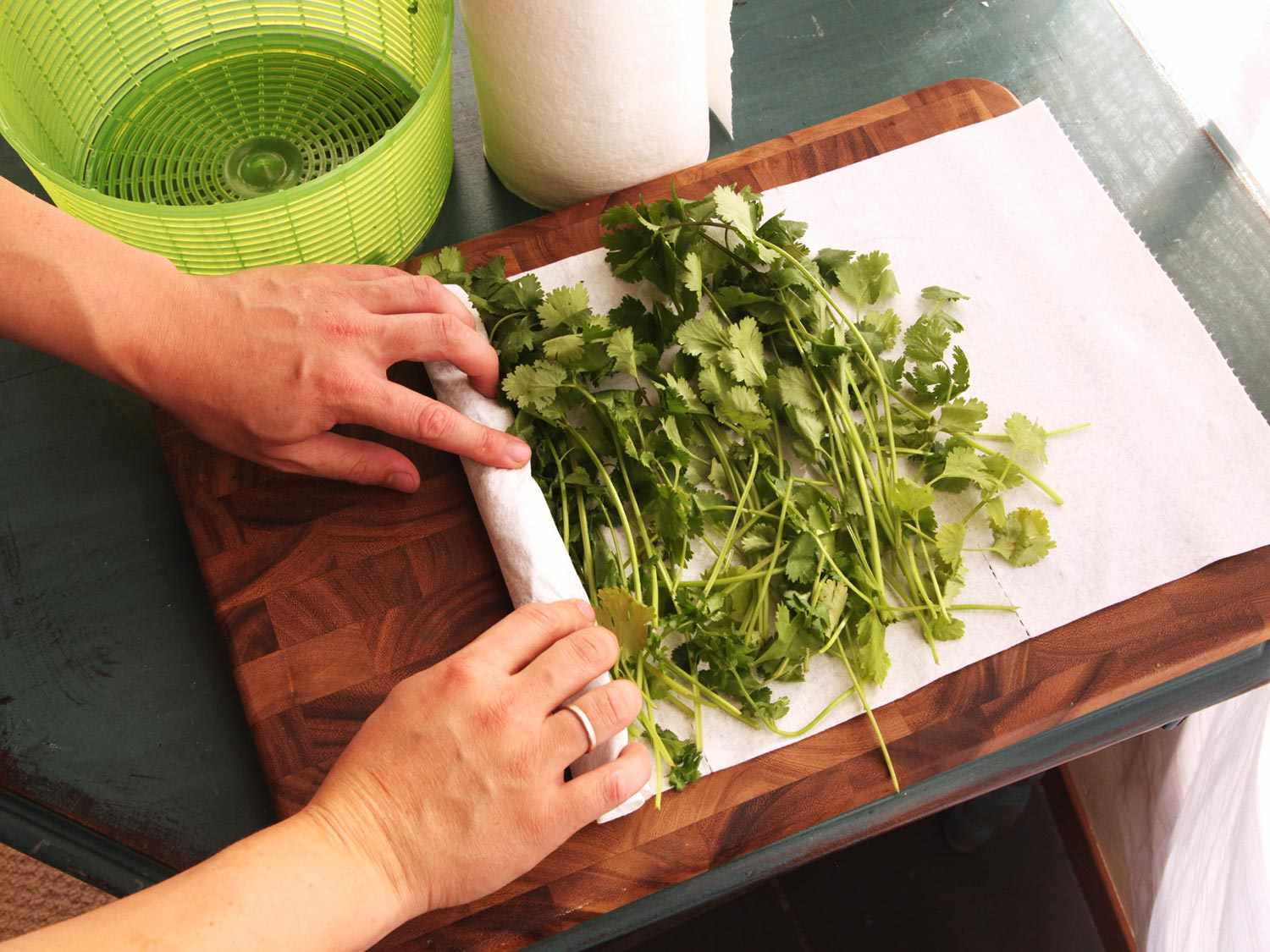
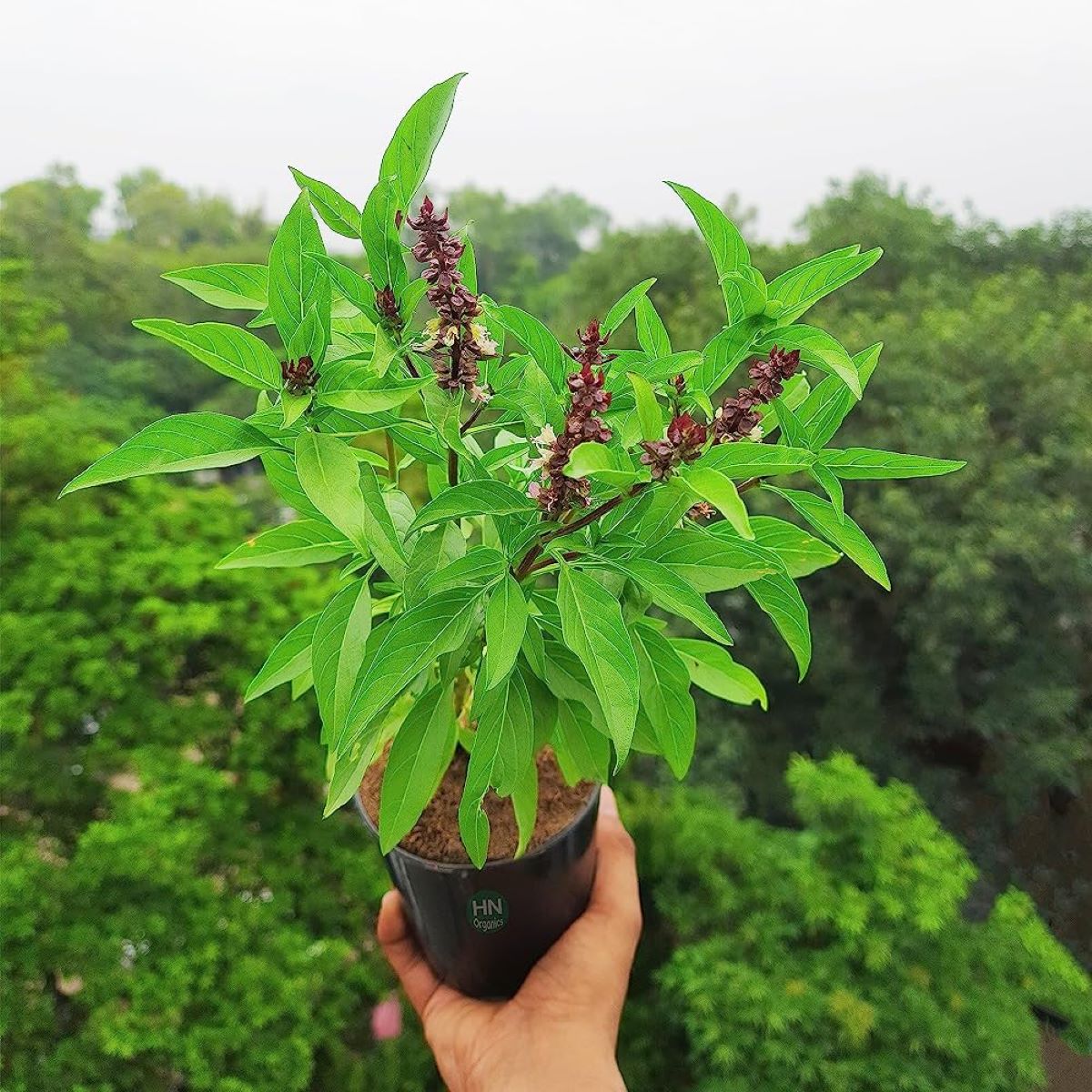
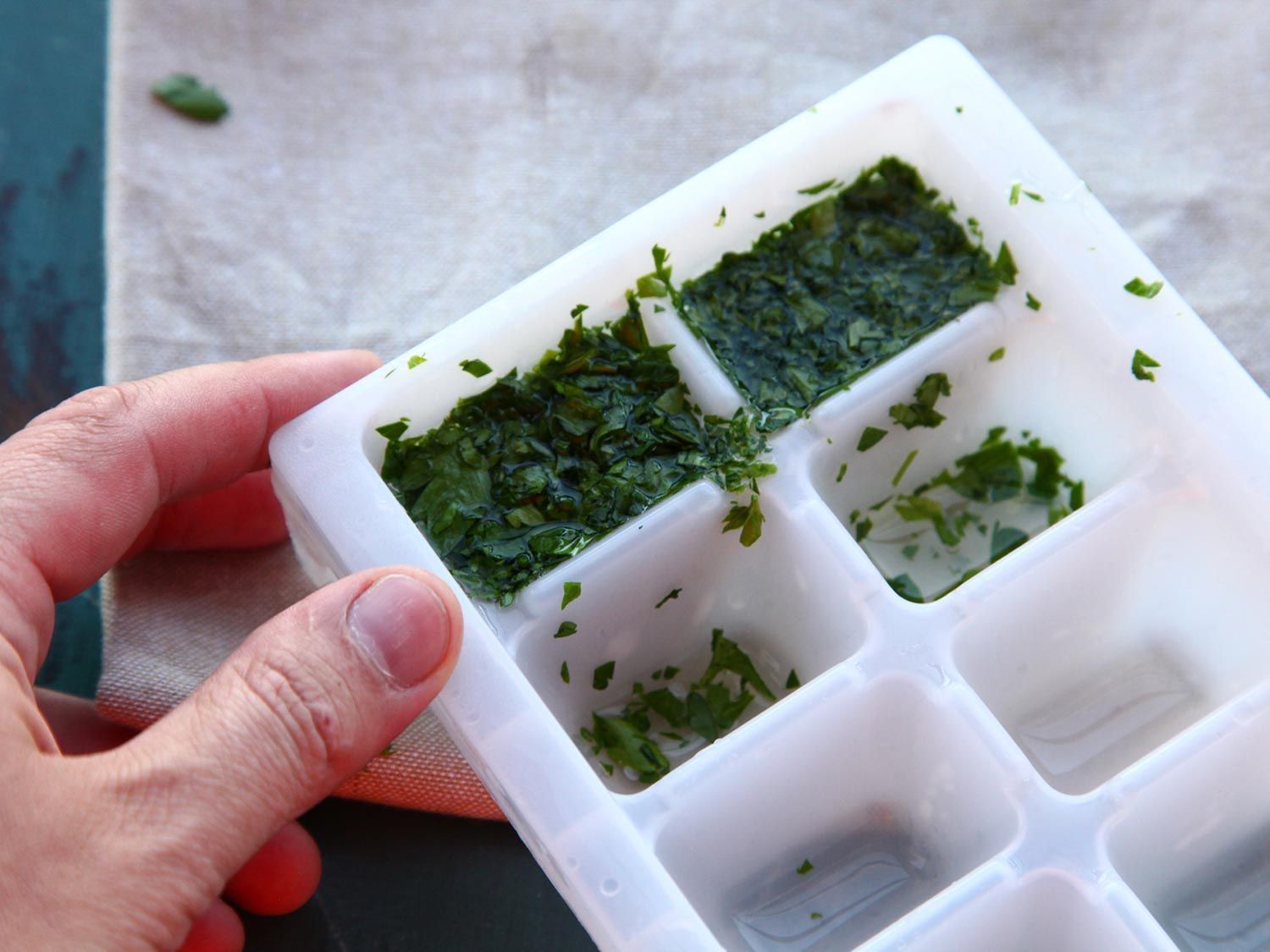
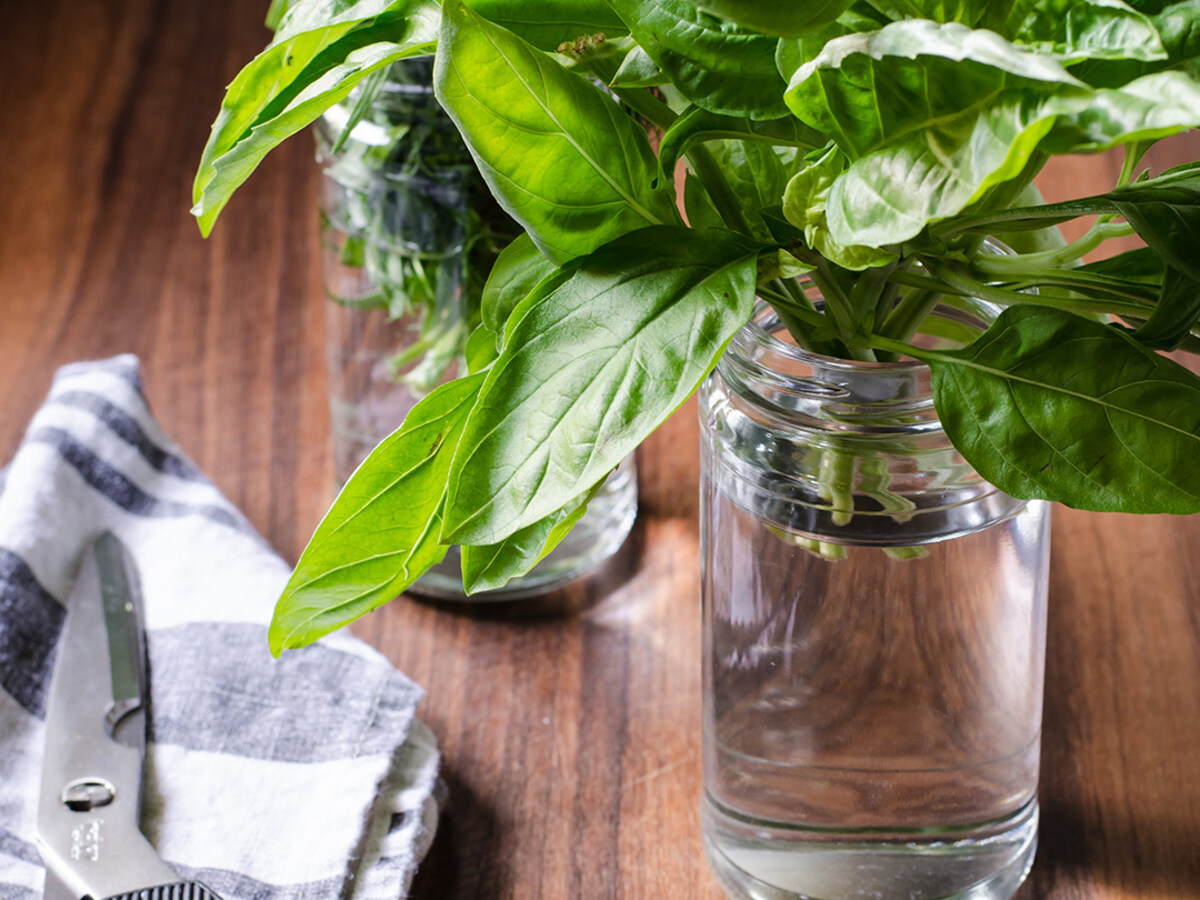
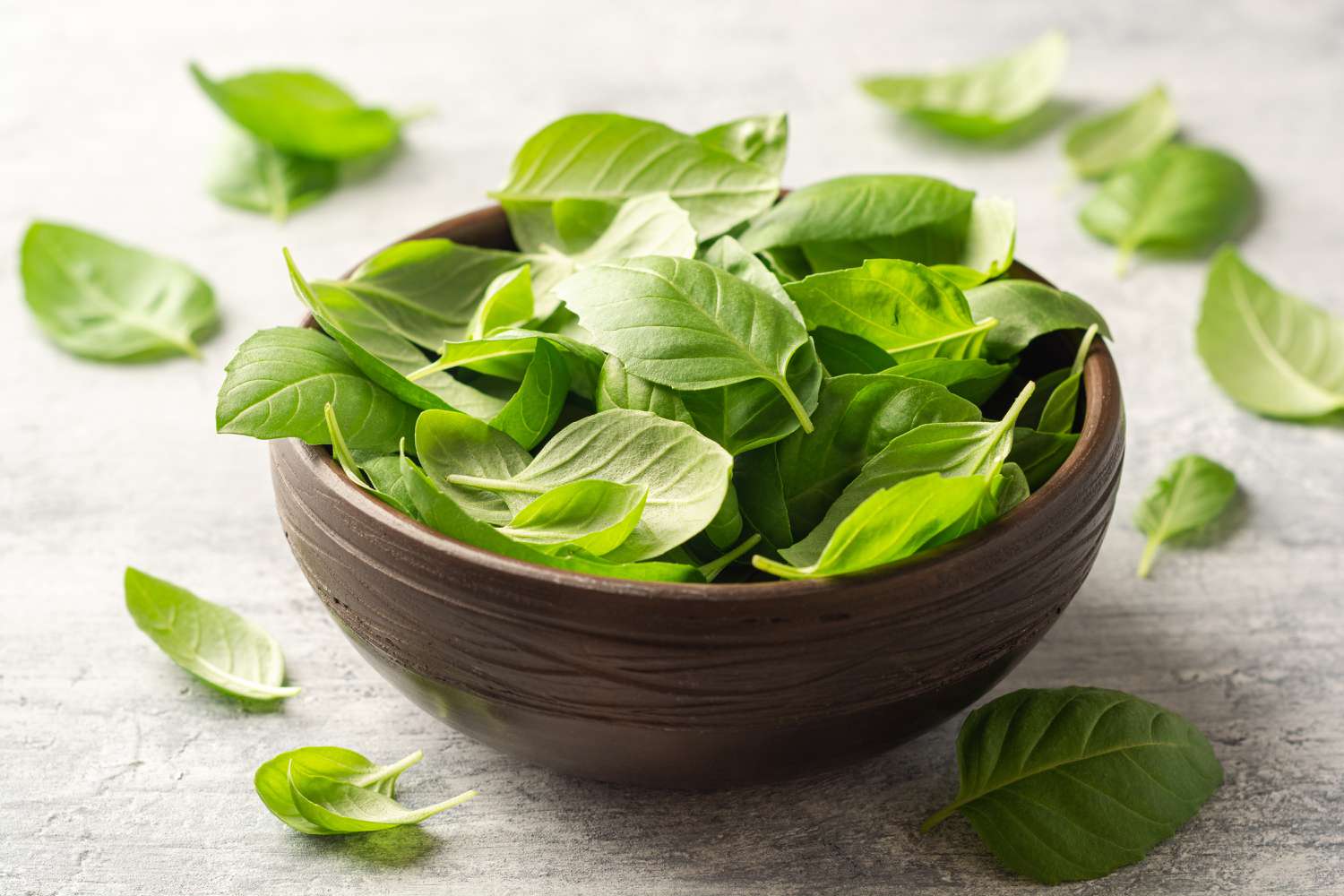
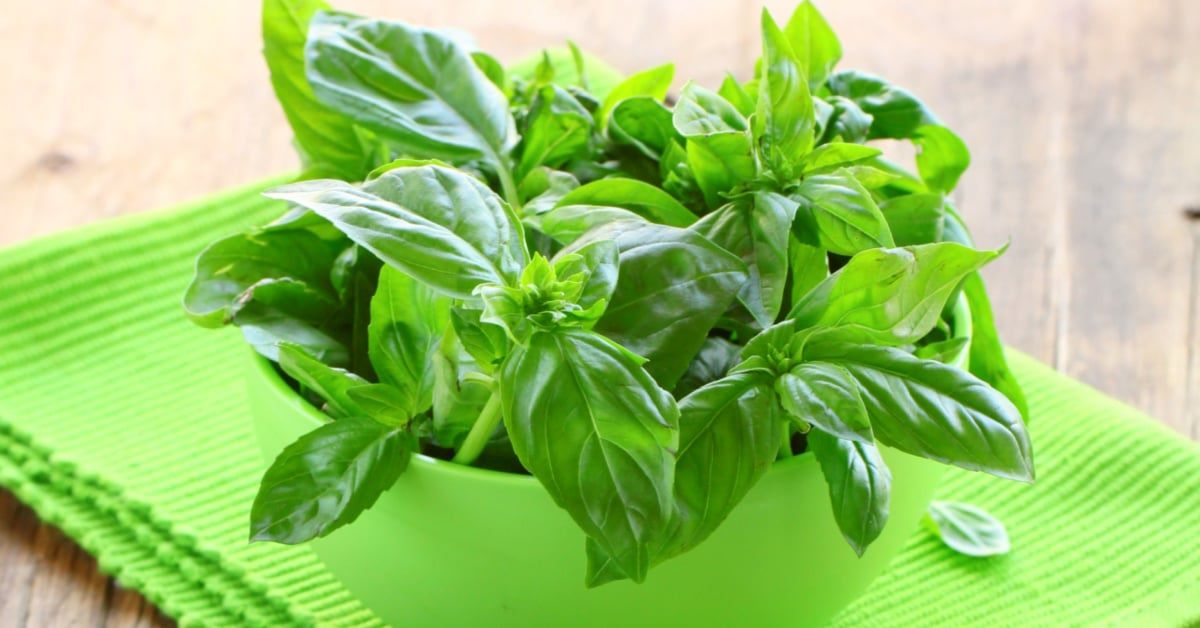
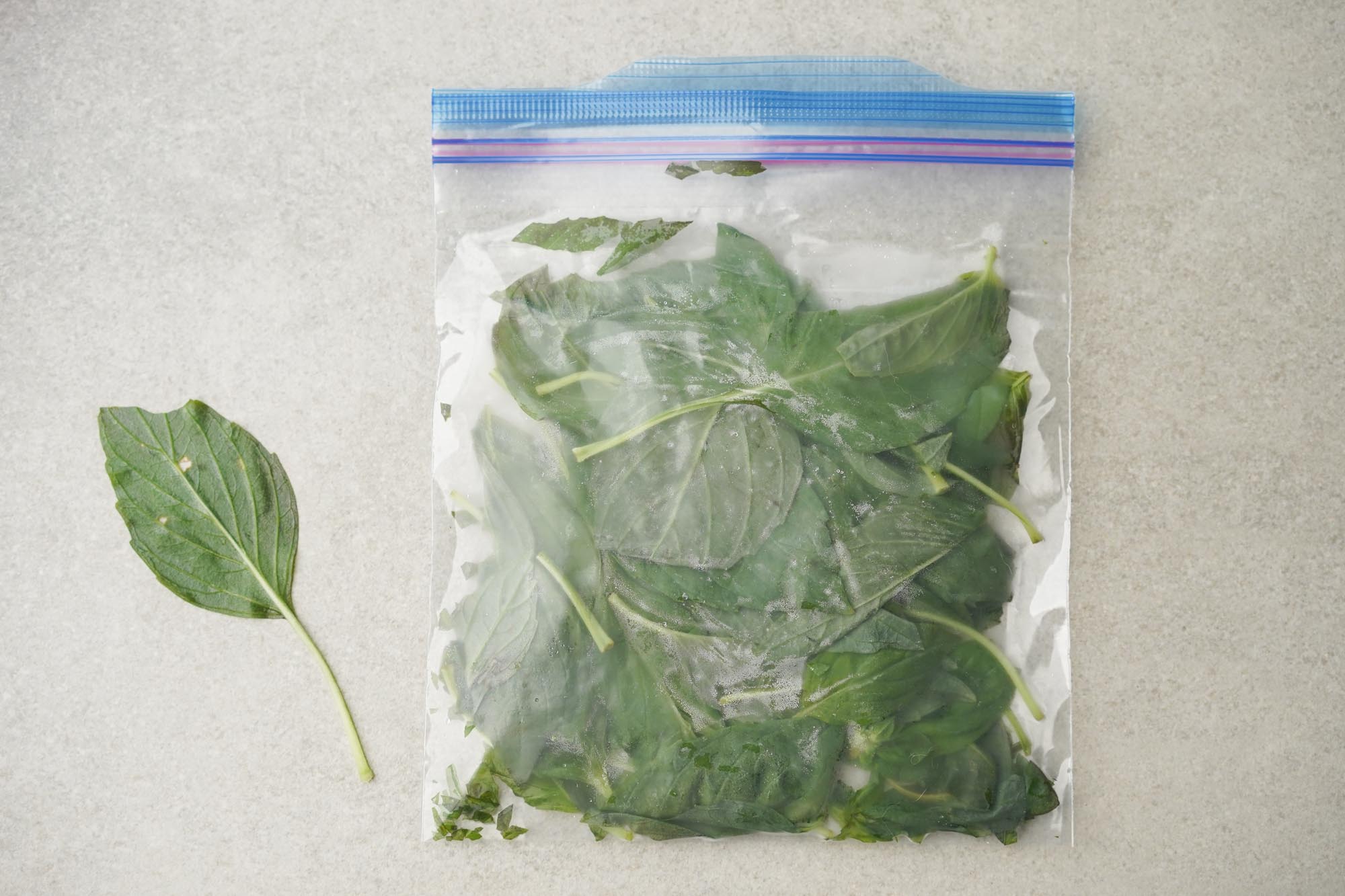
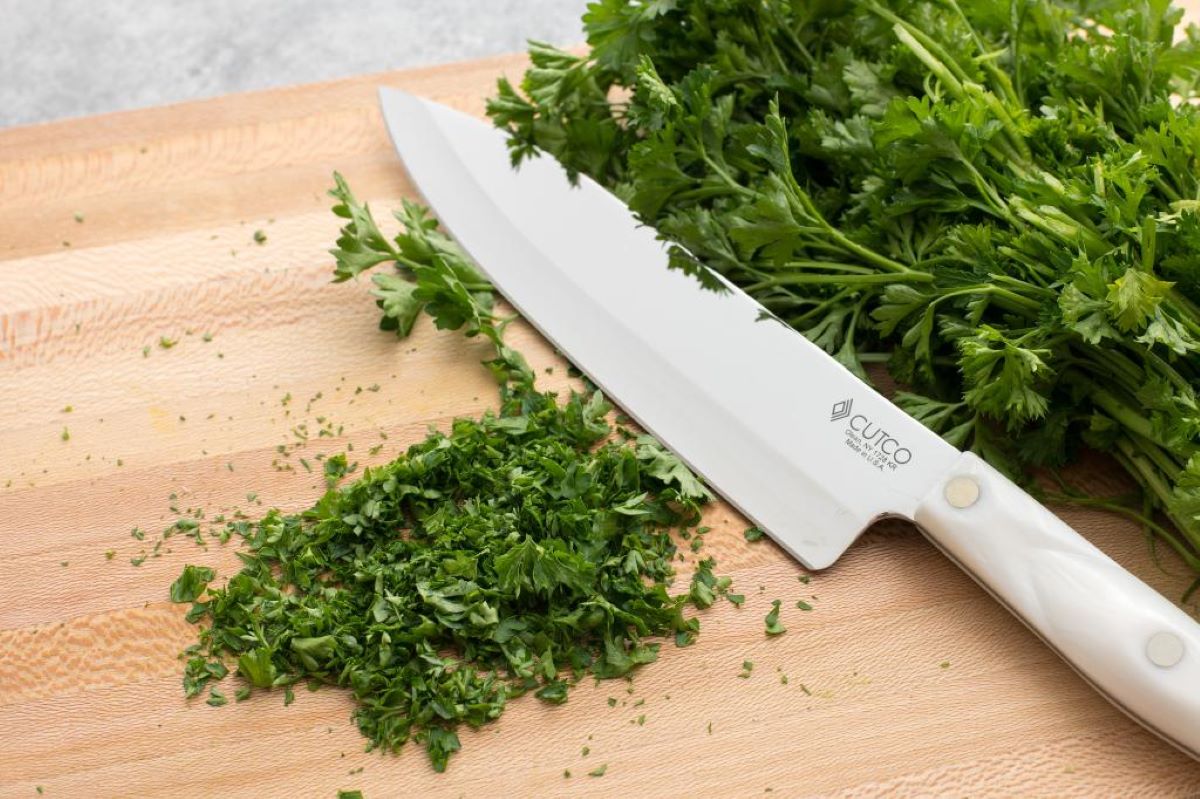
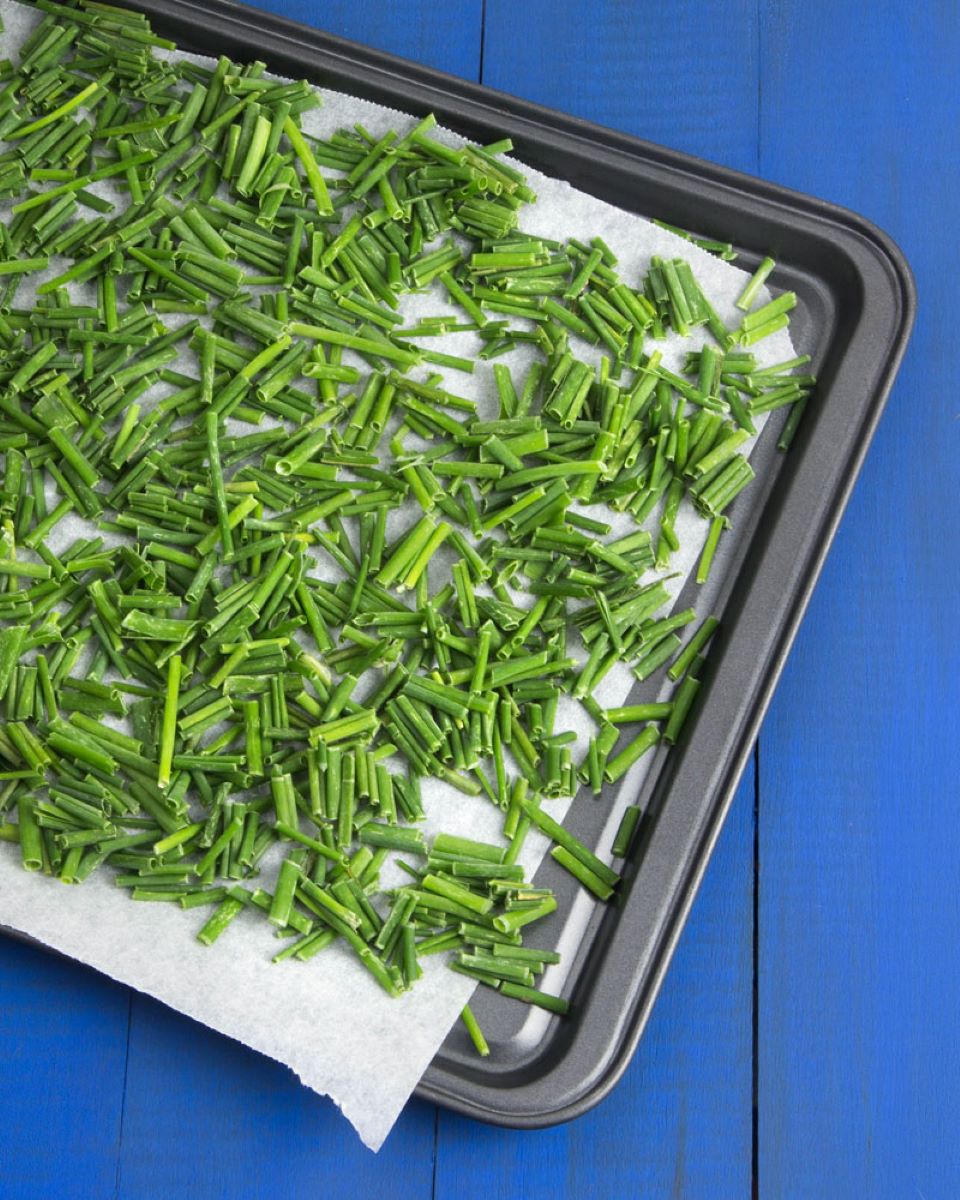
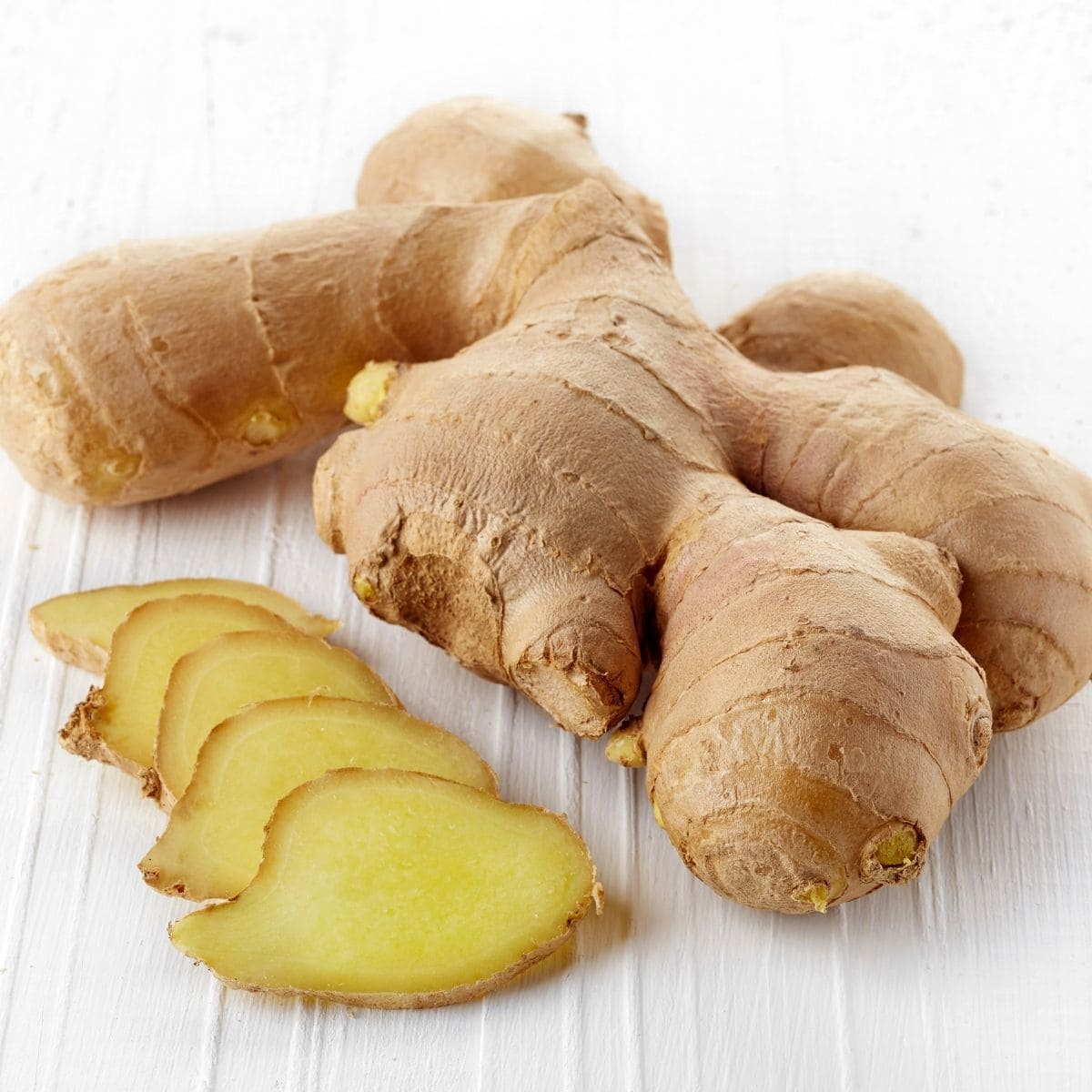

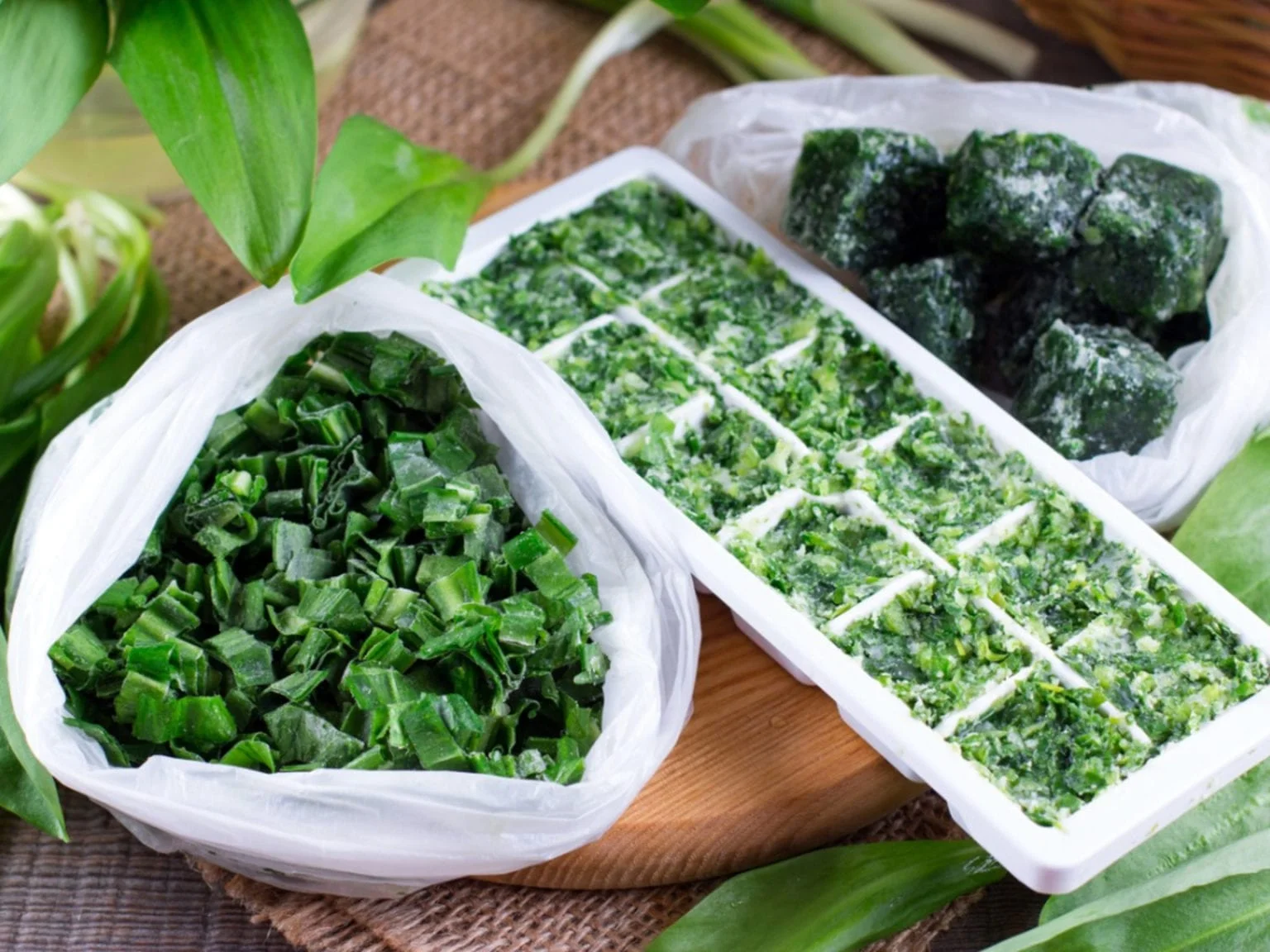
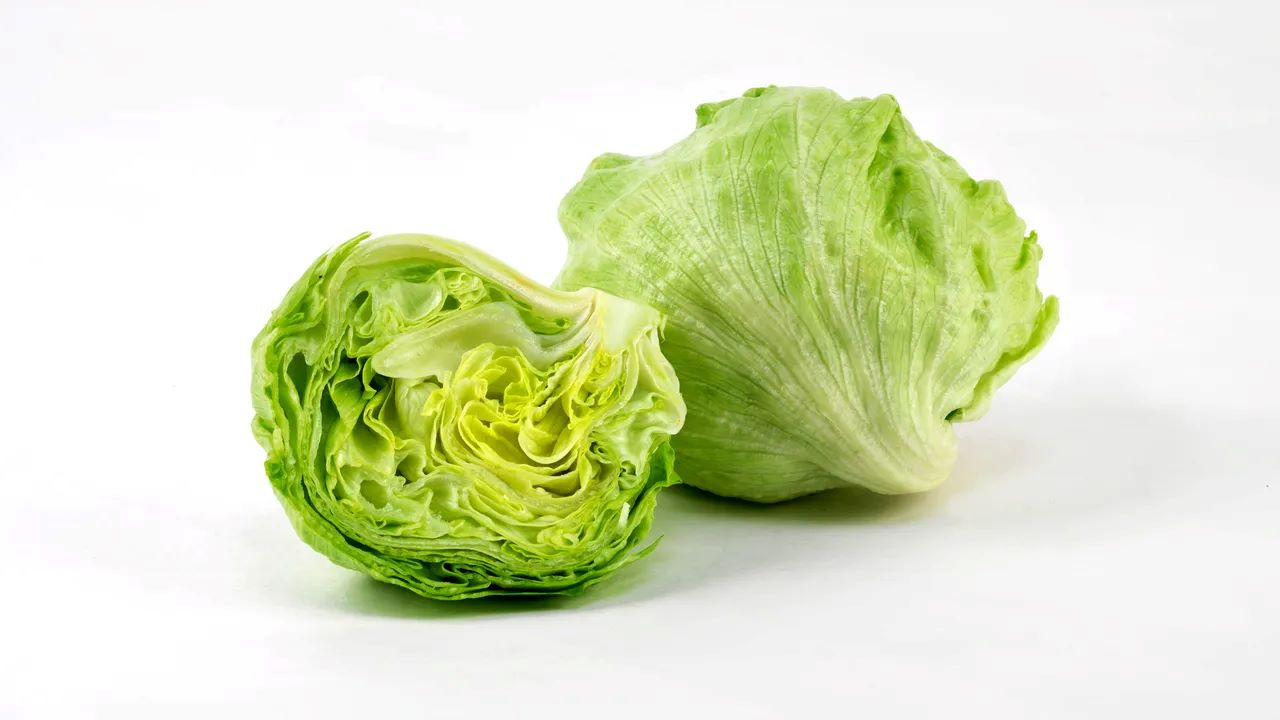
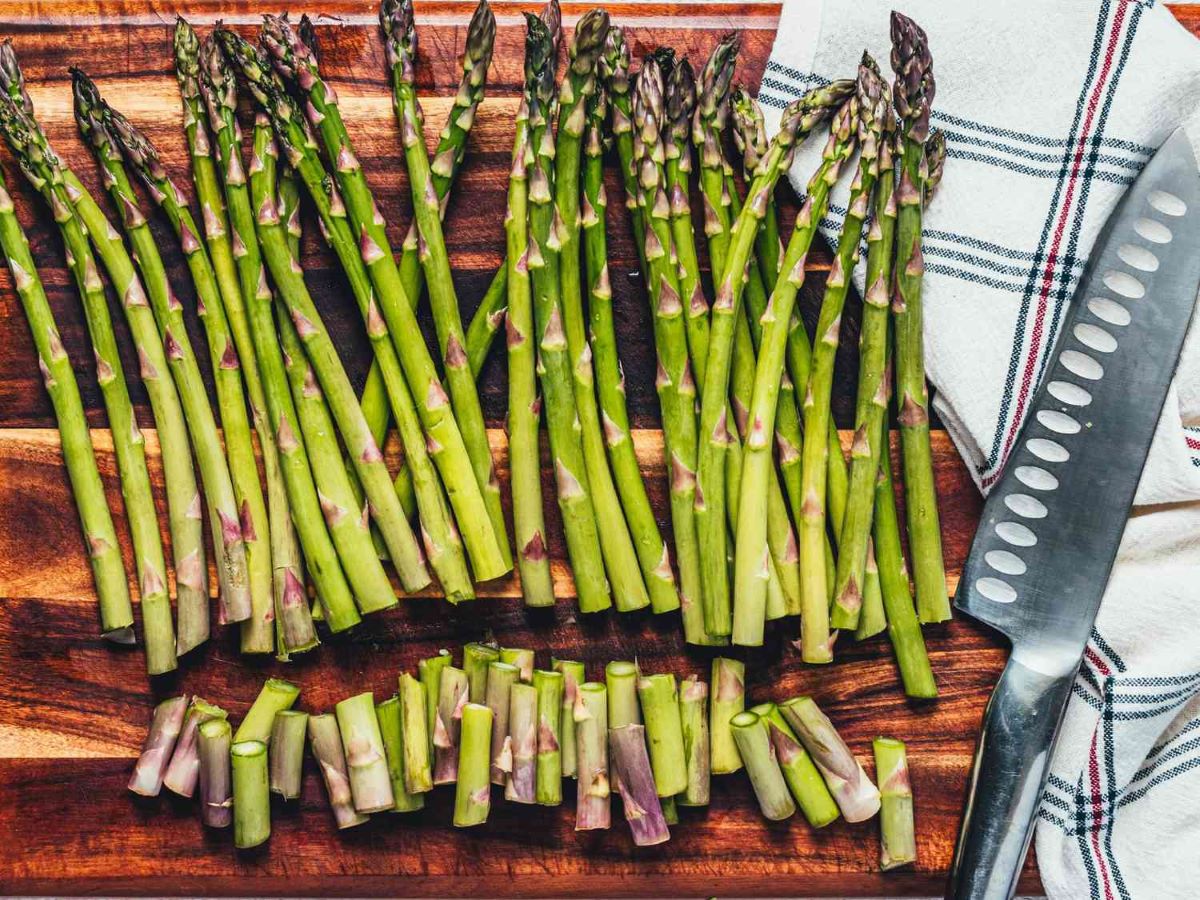

0 thoughts on “How To Store Fresh Cut Basil”